KUCHING: All building materials' sub-segments have garnered positive views from analysts as the sector is expected to be driven by stronger demand from major development projects across the country.
However, they noted that the cement industry, particularly for players in Peninsular Malaysia, might hit a snag due to an oversupply within Peninsular Malaysia.
AmInvestment Bank Bhd (AmInvestment Bank) had an ‘overweight' view on the building materials sector for the next 12 months.
According to the research firm, the key catalysts for this sector are visible, underpinned by the stronger demand for building materials based on record order books of construction players in the country.
"These include various mega projects such as the MRT2 (RM32 billion), Pan Borneo Sarawak Highway (RM16 billion), LRT3 (RM12 billion) and mega-scale township development such as TRX, KL118 and others" it said.
"Other key catalysts that potentially boost greater demand for building materials are the infrastructure development projects earmarked under Budget 2018, in which the government is committed to spending on roads, bridges, schools, hospitals, public housing, water and electricity supply.
"These infrastructure projects will continue to further boost the demand for building materials such as steel, cement and aluminium.â€
Aside from the strong demand for building materials, higher-than-expected average selling price (ASP) for selected building materials like steel and aluminium would further affirm AmInvestment Bank's ‘overweight' stance on this sector.
The research firm noted that steel ASP has shown a recovery since the fourth quarter of 2016 (4Q16), with the ongoing steel supply cuts in China (due to global steel glut caused by China in 2015) and cost-push factors (increase in raw material
prices).
"Local steel ASP is further improved with the imposition of safeguard duties by MITI for steel reinforcing bar (REBAR), steel wire rods (SWR) and deformed bar in coil (DBIC) till April 2020" it said
It futher noted that year to date (YTD) average steel ASP stands at approximately RM2,400 metric tonnes (MT).
The research firm projected steel prices of RM2,140 MT and RM2,250 MT for 2018 and 2019 respectively.
AmInvestment Bank highlighted that similarly, aluminium ASP has been on the upward trend largely due to reforms in China to curb aluminium production coupled with the move to address pollution caused by aluminium smelters in the country.
"Additionally, cost-push factors would cause the aluminium ASP to fluctuate" the research firm said. "YTD aluminium ASP stands at approximately US$1,950 MT.â€
The research firm projected aluminium prices of US$1,950 MT and US$2,145 MT in 2018 and 2019 respectively.
However, AmInvestment Bank pointed out that unlike steel and aluminium, the outlook for cement in the peninsula remains lacklustre.
The research firm noted that cement ASP continues to depress in the first nine months of 2017 (9M17) with increased industry capacity resulting in oversupply within Peninsular Malaysia.
"Earnings for peninsular cement players were further pushed down to a record low. Large-scale construction projects, which are expected to begin in FY18, will spur greater demand resulting in an improved cement ASP as well tonnage volume.
"Contrary to peninsular cement players, the only cement player in Sarawak continues to deliver positive results due to robust demand of cement in the state coupled with better ASP" it said.
The research firm thus projected peninsular cement price of RM255 per tonne and RM265 per tonne in 2018 and 2019 respectively.
However, AmInvestment Bank may downgrade its ‘overweight' stance on the building materials sector to ‘neutral'.
It said that this is if demand volume for building materials is hampered by federal government's plans to postpone, scale down or even cancel infrastructure projects due to unforeseen circumstances such as economic slowdown and ASP for building materials drops significantly due to policies set by the regulator or startling external headwinds.

.jpeg)
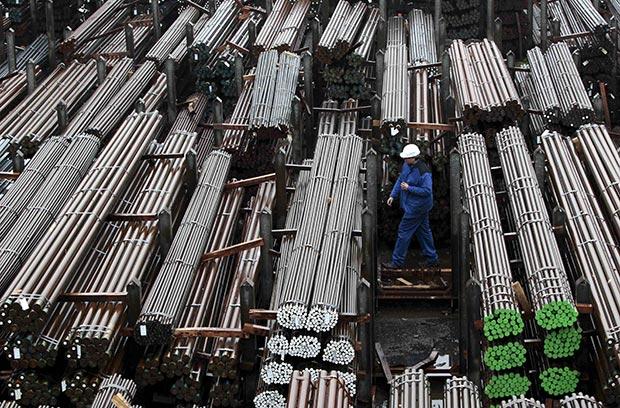
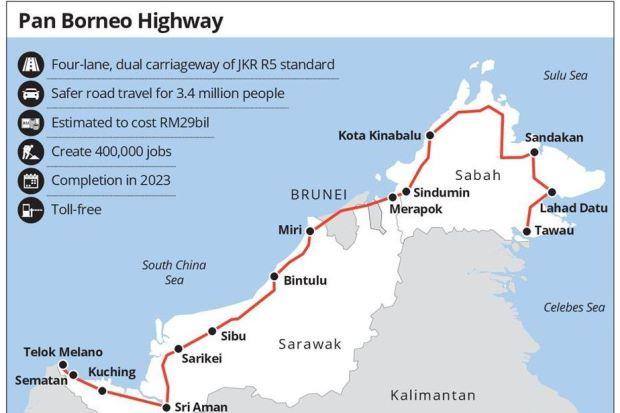
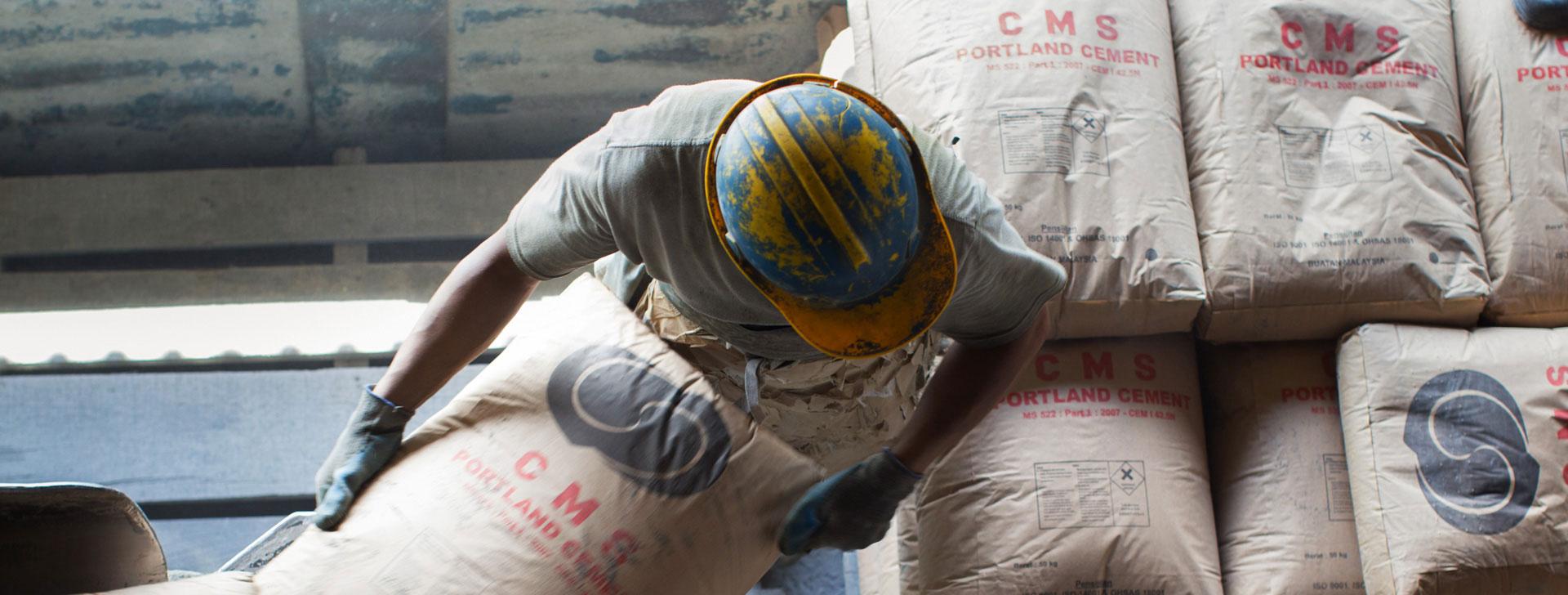
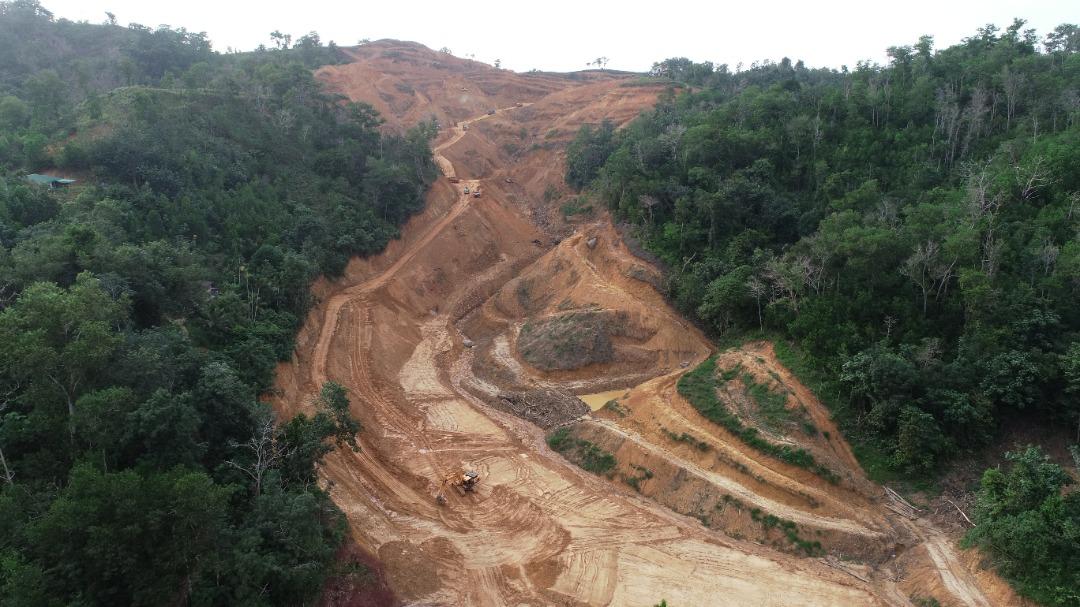
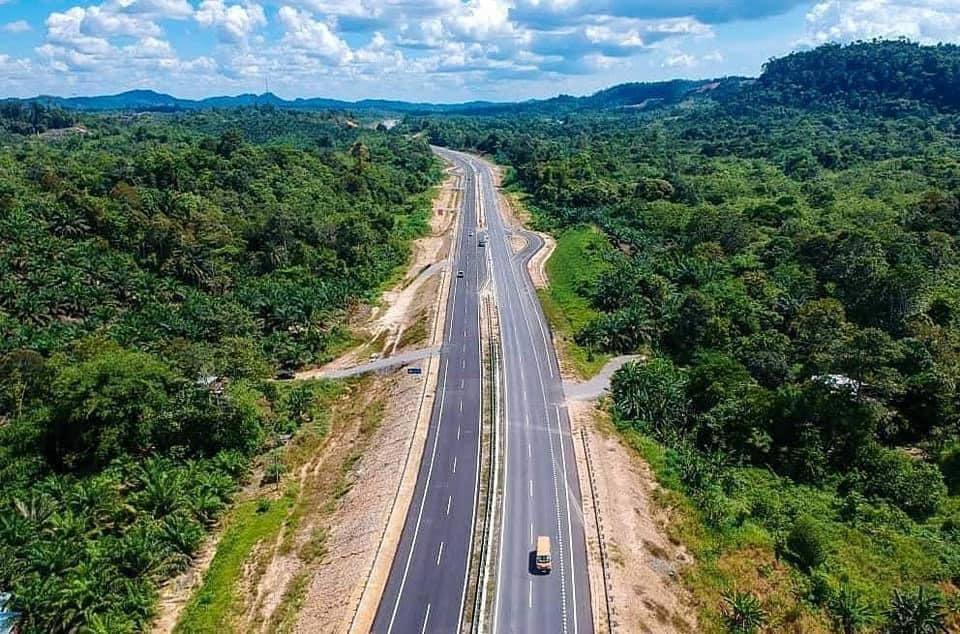


.jpeg)

